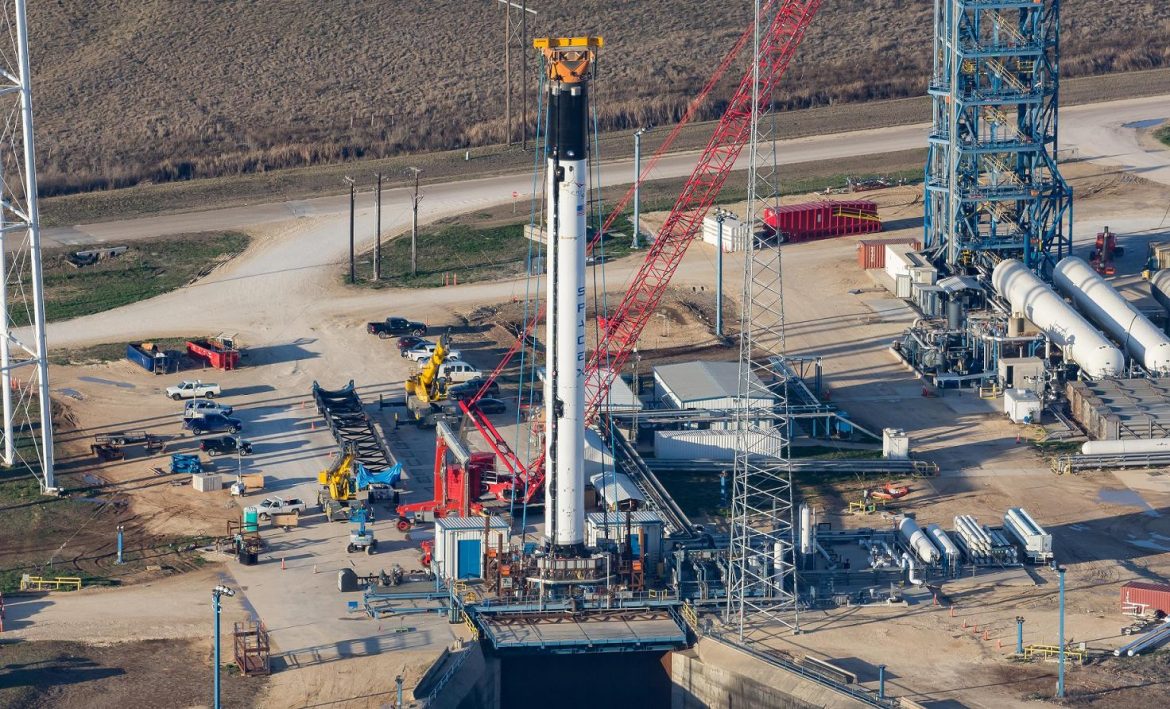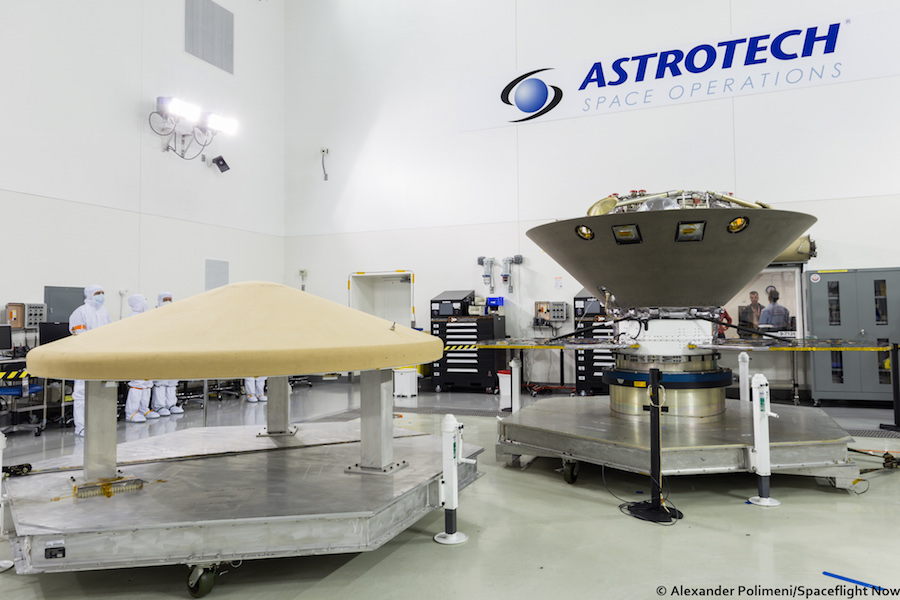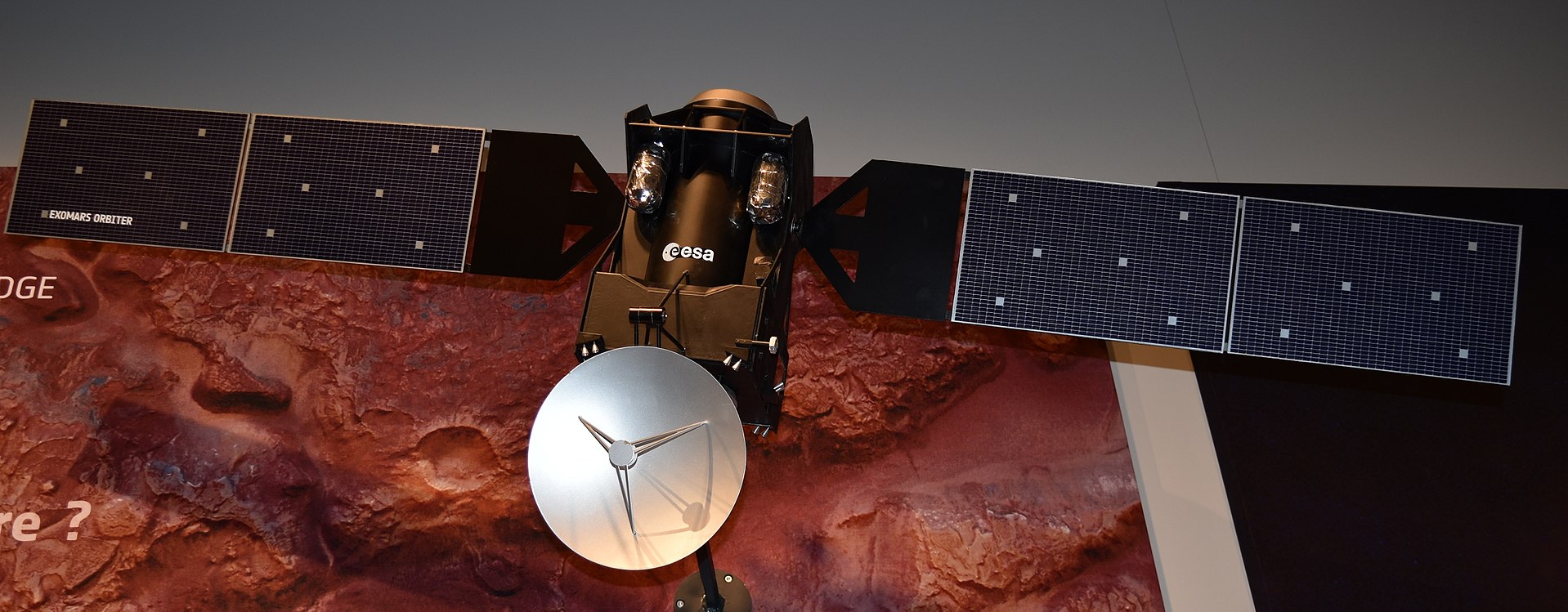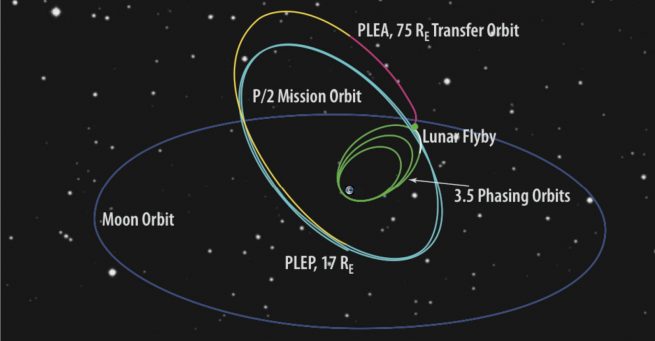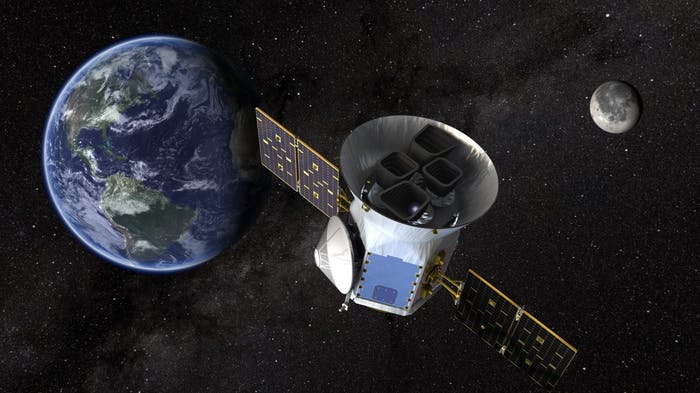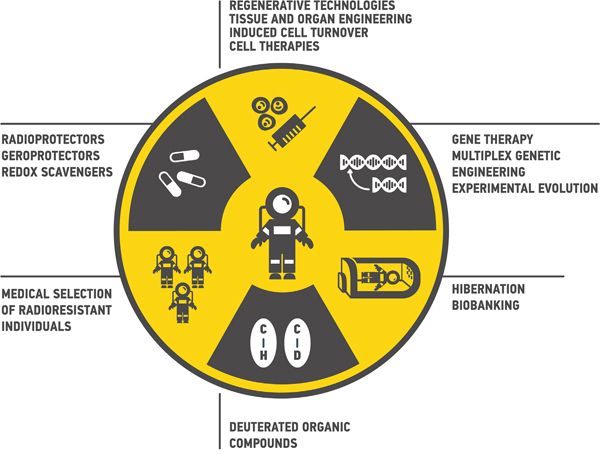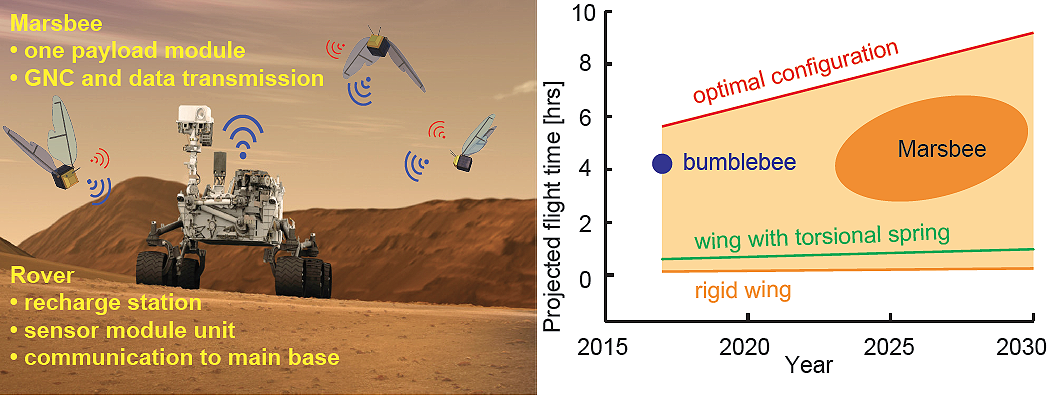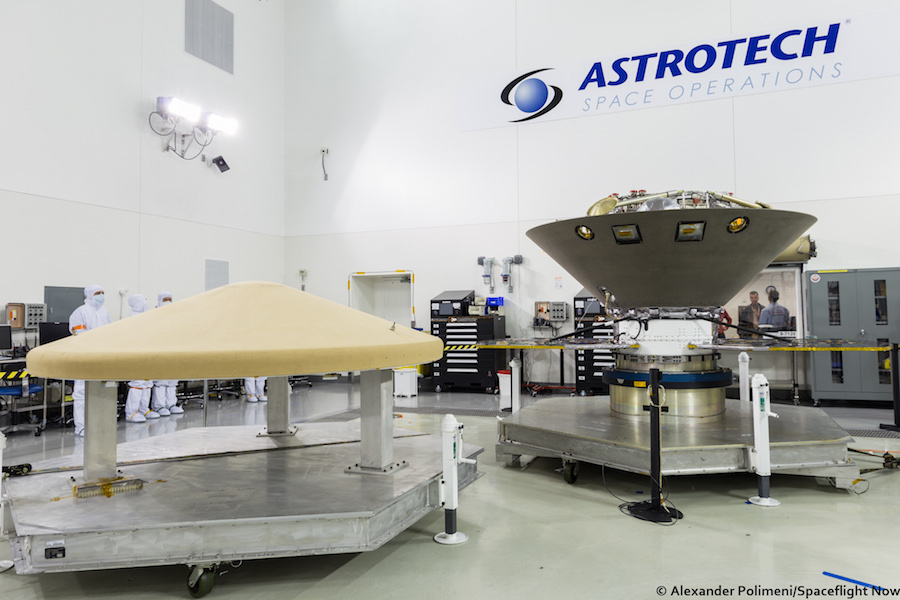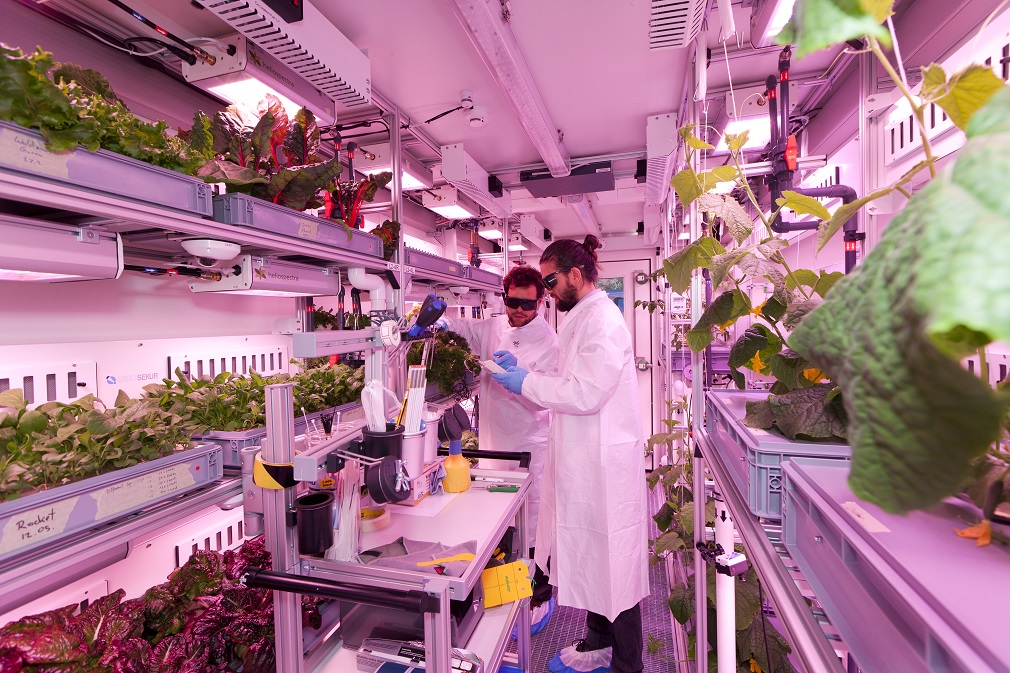
(Image Credit: Eden-ISS)
A current and ongoing experiment at the Eden-ISS lab of Germany’s Neumayer Station III in Antarctica has successfully grown vegetables without dirt, daylight or pesticides. Certainly hydroponics have been a thing for many years, and this work borrows heavily from that discipline as a starting point, but they purposefully pushed the restrictions even further in order to simulate the harsh conditions which will need to be overcome when we first start trying to produce our food off-world.
These sorts of groundbreaking experiments and investigations, which are critical to our success as a space-faring people but not as ‘high profile’ as a rocket launch, are sure to be accelerating in the coming weeks and months. It is a testament to the focus and excitement again associated with the exploration of space, and making humanity multi-planetary, that institutions around the world are spinning up programs to facilitate our next steps into our larger destiny.
(Thanks to InterestingEngineering.com for the lead)

